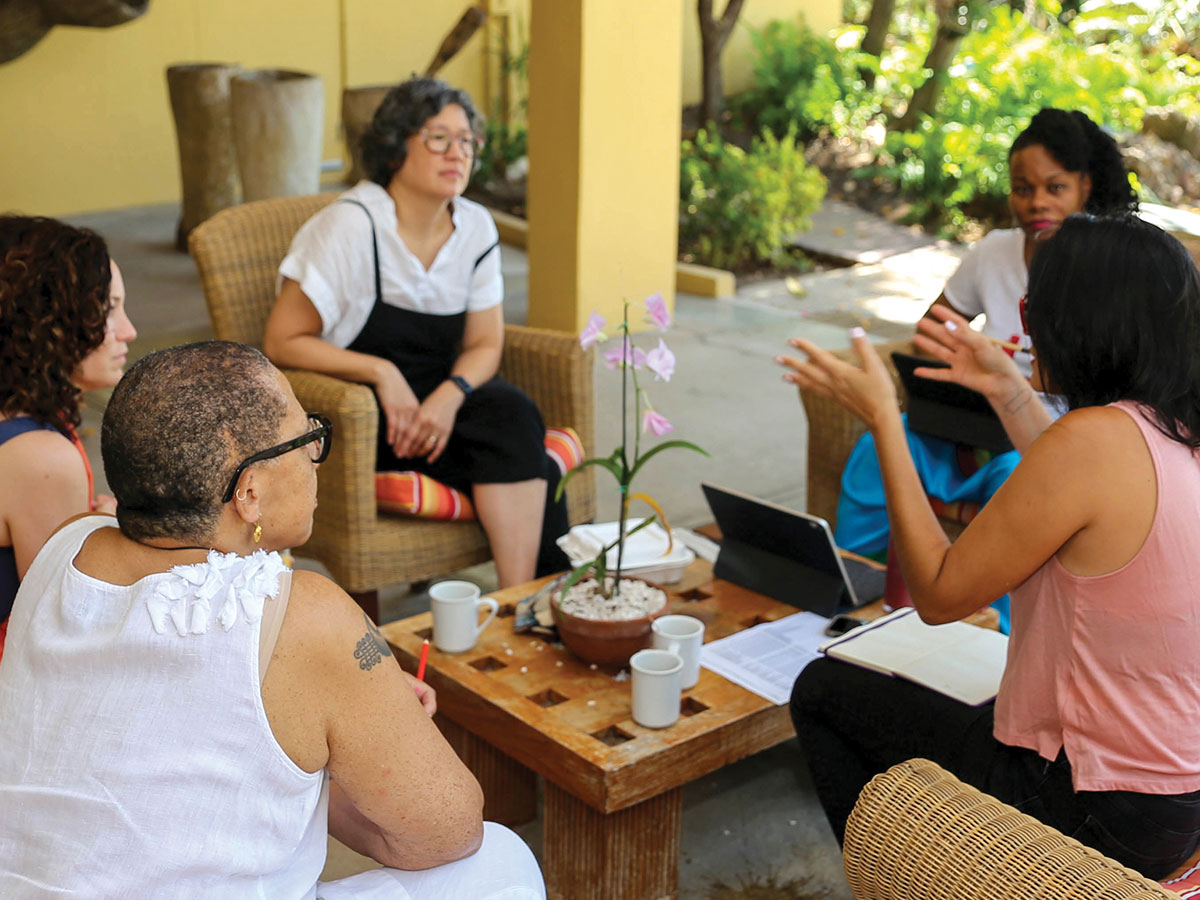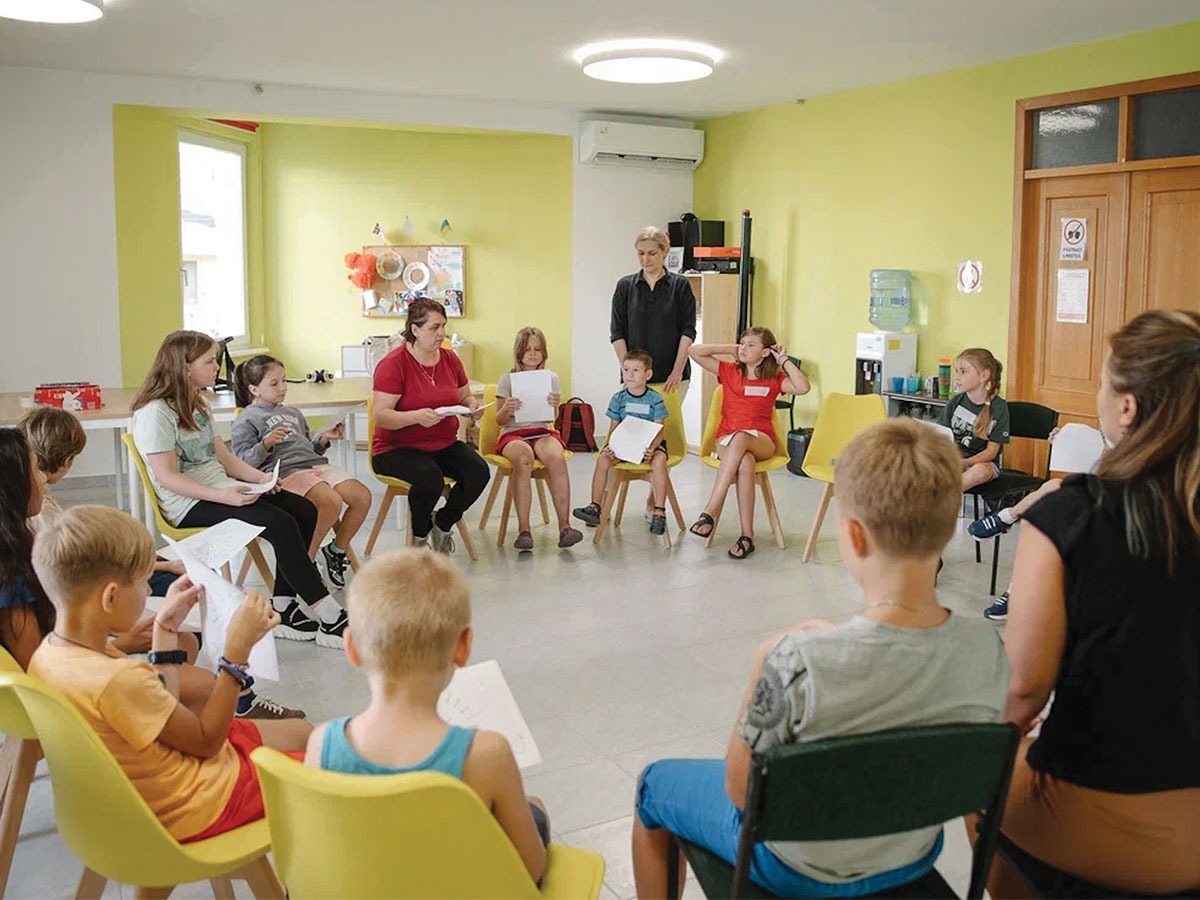
In this Low Hanging Fruit periodic series, we explore small (and smallish) ways that grantmakers can tweak existing practices to make a big difference to nonprofit grantseekers and grantees. Do you have a piece of low hanging fruit you’d like to share? If so, email us at drstreamline@peakgrantmaking.org.
The “good enough mother,” the reassuring formulation of pediatrician and psychoanalyst D. W. Winnicott, has been a considerable comfort to many an ordinary good parent. I suggest that we now join forces in support of a good enough grant application process.
I have to be honest here: I don’t know of any foundation that has a really great application process. I think the process is inherently a bit tedious. In my experience, different foundations’ processes lie on a continuum of better to worse. But the good news? After writing about a dozen applications in the last six months, most online, I found that the majority were on the ok-to-better end of the spectrum. A couple were worse. None was fantastic. But good enough was truly good enough.
There are two categories of things that can make an online application processes smooth or rocky: foundation-driven requirements and system mechanics. What your foundation decides about requirements is primary. When these requirements are reasonable and clear, they foster clear communication, well-focused funding requests, and mutual respect. When they’re poor, they encourage poor communication, scattered funding requests, and adversarial attitudes. Meanwhile, good system mechanics are nearly invisible in their good design and leave users happy. Bad ones may lead to tears, dental care needs, and filthy language.
Here’s my list of what good enough application process elements look like.
Foundation-Driven Requirements
- You know the work you want to fund, the values you believe in, and what kind of organizations you want to be associated with. Your online guidelines and application questions clearly reflect these decisions.
- You use a winnowing process at the start. Ideally, human exchange, but an online quiz or brief LOI can be okay, too.
- Your questions are sensible, non-repetitive, and you provide a way to preview them all at the outset.
- The number and complexity of questions to be answered and documents to be uploaded is proportionate to the grant amount (and other risks) to be considered. In other words, they are right-sized.
- Kind assistance is readily available when questions and problems arise. Online systems don’t function well without human backup.
System Mechanics
- There are crystal clear instructions, including how to start using the form (an “edit” button may not be intuitive on a blank page).
- Word, not character limits, are clearly shown up front, with counters, and are reasonable in relation to the questions being answered.
- My documents, especially the budget, are fine as they are for uploading. You agree to make sense of my budget, rather than requiring I use your template.
- Grantees can add one or two additional, non-mandatory documents, which they can use to clarify a key aspect of work for which there isn’t room in the application.
- I can print, save, cut and paste – and there is embedded spell check – all the basic functionalities of the modern age!
- I receive confirmation of receipt.
- For renewal requests, the opportunity to update saved information and no need to re-enter any of the basics.
On the other hand, I’d propose these hallmarks of the application apocalypse:
Foundation-Driven Requirements
- Disproportionate requirements: I’m requesting $3,000 for a very small, newish organization. Your foundation funds this size/stage of group, but wants pages and pages of content, including complex things such as detailed work plans and a theory of change. This is just one version of the reality that some foundations haven’t really thought through what they need or how much risk they can tolerate (or asked groups they want to fund: what is possible for you, versus what requires Sisyphean effort?).
- Redundancy: I find myself typing “please see answer to QXX above” more than once.
- Very Bad Surprises: At the end of the application you ask me to agree to your faith (or any) principles. There has been no indication of this in advance, and I would not have spent three hours writing this proposal had I known.
- Misplaced risk assessment or “that’s what everyone does, so we do, too:” You don’t accept applications from organizations that have agreements with fiscal sponsors. Especially if you can’t explain why. Especially if you want to fund newer groups. Especially if you complain about there being too many nonprofits.
System Mechanics
- Corset-like character limits, especially paired with the instruction “describe in detail.”
- I must use your budget form AND I can’t type into it. The same goes for user-unfriendly templates for other information, such as board names, addresses, and affiliations.
- The report form doesn’t include the original answers from my application
Are we seeking perfection? Sure, it would be nice, but like parenting, I don’t think perfect is necessary. But good enough? Yes, that is a goal to aspire to, for the good of all.


